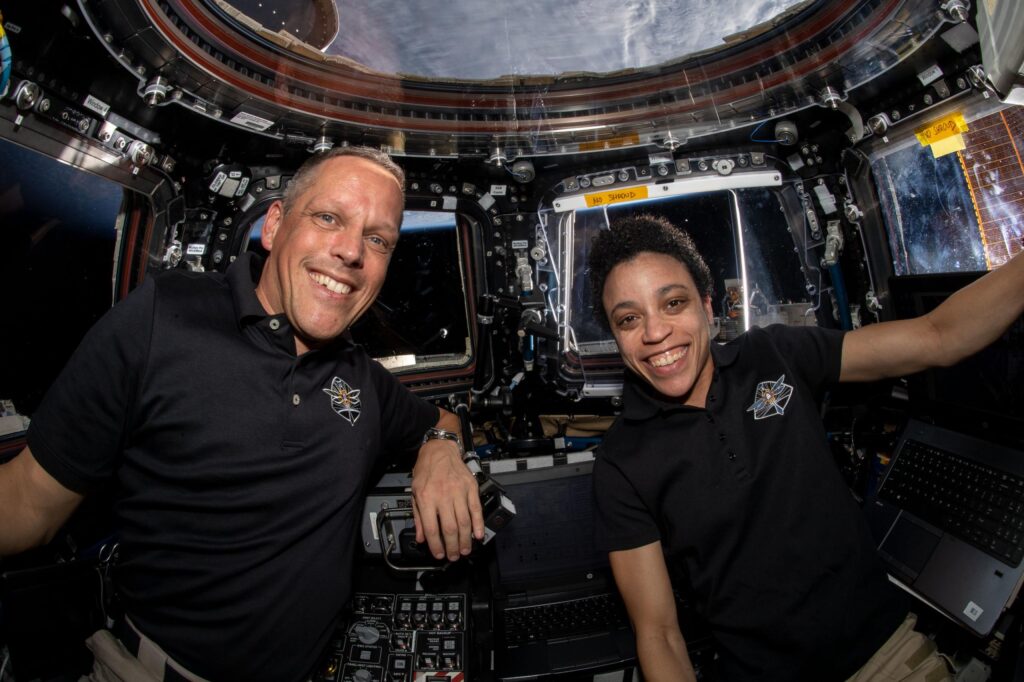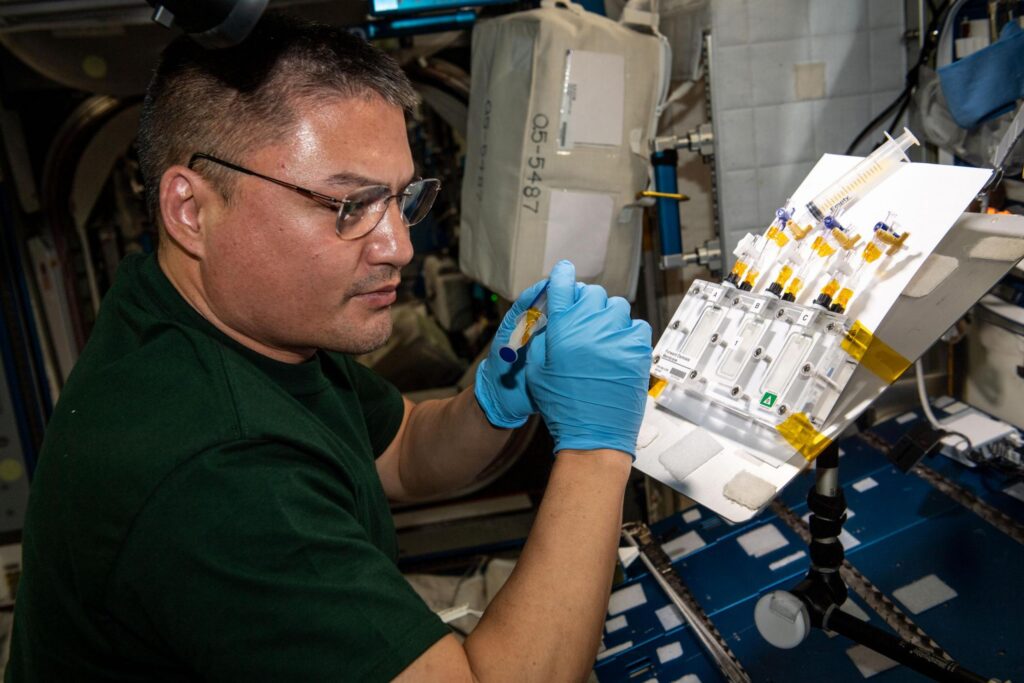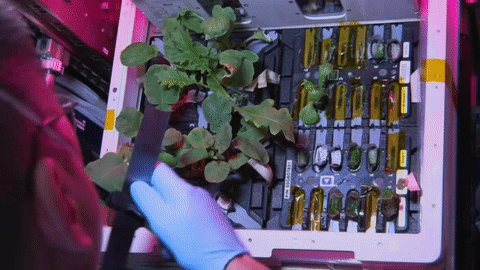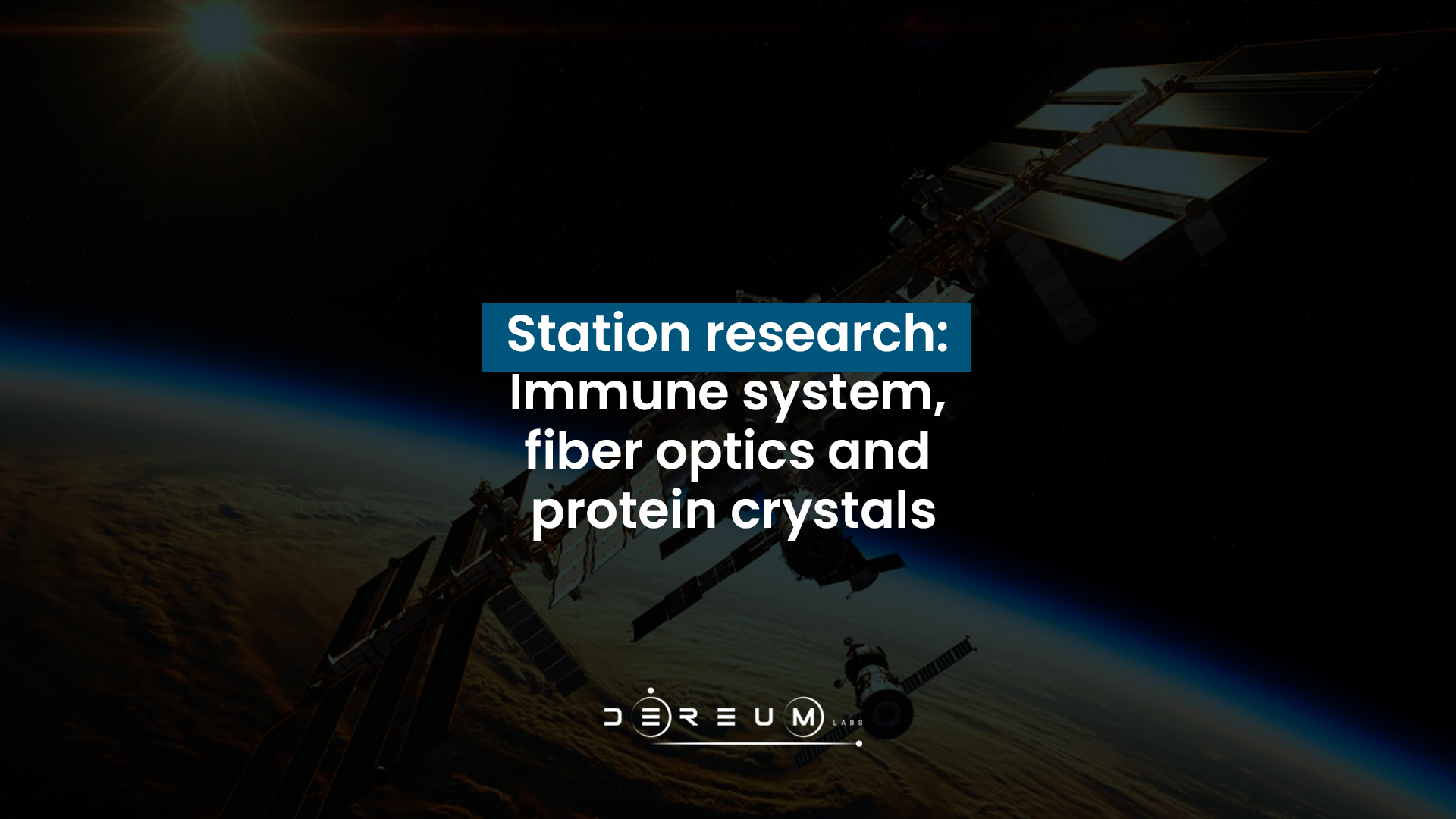Crew members aboard the International Space Station conducted scientific investigations during the week of July 18 that included examining immune system changes during spaceflight, studying formation of optical fibers in microgravity, and monitoring how impurities affect protein crystal growth.
Here are details on some of the microgravity investigations currently taking place aboard the orbiting lab:

Aging faster, aging better
Aging is associated with changes in the immune response that are known as immunosenescence. Microgravity causes changes in human immune cells that resemble this condition but happen faster than the actual process of aging on Earth. The Immunosenescence investigation, sponsored by the ISS National Lab, takes advantage of this fact, using tissue chips to study how microgravity affects immune function during flight and whether immune cells recover post-flight. Tissue chips are small devices that contain human cells in a 3D structure, allowing scientists to test how those cells respond to stresses, drugs, and genetic changes. Results could support development of treatments to protect astronauts during future long-duration spaceflight, and lead to development of more effective treatments for immune system aging on Earth. During the week, crew members changed media in the Life Sciences Glovebox (LSG) and collected samples for the investigation.
Superior optical fibers
Fiber Optic Production-2 , sponsored by the ISS National Lab, builds on previous work to develop the technology for manufacturing commercial optical fibers in microgravity using a blend of elements called ZBLAN. Earlier studies suggest that ZBLAN optical fibers produced in microgravity exhibit qualities superior to those produced on Earth. These fibers are difficult to manufacture on Earth and this investigation could help guide manufacture of optical fiber aboard the space station for commercial use. Potential applications of the fibers in space include remote sensing, Light Detection and Ranging (LIDAR), hyperspectral imaging, atmospheric monitoring, and optical data communications. ZBLAN optical fibers manufactured in space also have many potential applications on Earth, including improved data transmission for telecommunications and use in devices for spectroscopy, laser surgery, remote sensing, and environmental monitoring. Crew members installed and assembled components for the investigation inside the station’s Microgravity Science Glovebox (MSG) during the week.
Purer protein crystals
Advanced Nano Step, an investigation from the Japan Aerospace Exploration Agency (JAXA), monitors and records how specific impurities affect the development and quality of protein crystals grown in microgravity. Protein crystals grown in microgravity are known to be of higher quality than those grown on Earth, but the success rate is at most 20-60% better. This investigation aims to improve that rate and help scientists understand the kinds of impurities that deteriorate protein crystal quality. Researchers plan to return the crystals to Earth for analysis via synchrotron X-ray diffraction. Advanced Nano Step could significantly improve efforts to exclude impurities before launch. This knowledge also could be useful for crystallization trials conducted with diffusion-limited growth methods on Earth, such as with gel growth methods. During the week, crew members conducted operations for the investigation.

Other investigations involving the crew:
- Forward Osmosis Membrane tests whether reactive membranes, which show promise for water reclamation on the ground, perform in microgravity. This technology could support future space exploration missions.
- XROOTS uses hydroponic (liquid-based) and aeroponic (air-based) techniques to grow plants without traditional growth media, which could enable production of crops on a larger scale for future space exploration.
- Wireless Compose-2, an investigation from ESA (European Space Agency), demonstrates the Smart Shirt, a garment with sensors that measure body motion and heartbeat, and a wireless network for transmitting the data. This technology has the potential for uses such as monitoring the health of astronauts on future missions.
- An investigation from the Canadian Space Agency (CSA), VECTION looks at changes in an astronaut’s ability to judge body motion and orientation and estimate distances. Results could help address the issues these changes create for astronauts.
- SERFE examines the effect of microgravity on a technology to remove heat from spacesuits, which is important for maintaining appropriate temperatures for crew members and equipment during space walks. The investigation also evaluates the technology’s effect on contamination and corrosion of spacesuit material.
- ISS Ham Radio provides students, teachers, parents, and others the opportunity to communicate with astronauts using amateur radio units. Before a scheduled call, students learn about the station, radio waves, and other topics and prepare a list of questions based on the topics they have researched.

The space station is a robust microgravity laboratory with a multitude of specialized research facilities and tools. Over more than two decades of continuous operation, it has supported many scientific breakthroughs from investigations spanning every major scientific discipline. The orbiting lab conveys benefits to future space exploration, advances basic and applied research on Earth, and provides a platform for a growing commercial presence in low-Earth orbit.
Source: NASA
We recommend you: Rocket Equation and Energy

